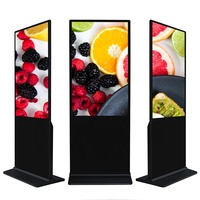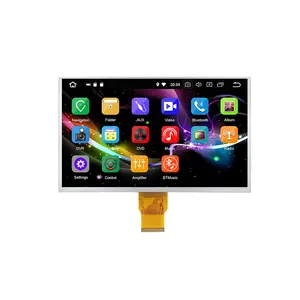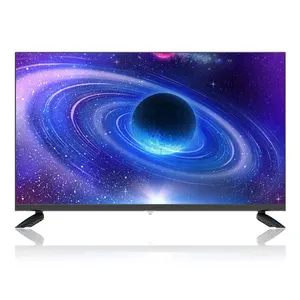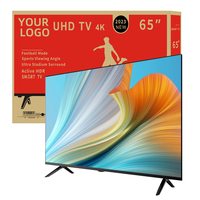
Alibaba.com showcases a diverse range of LCD TV panels catering to various requirements and applications. Among the assortment, one can find the standard 15-inch display panels with a resolution of 768*1024, utilizing LVDS interfaces and capable of displaying 16.7 million colors. These panels are suitable for both commercial and personal use. Additionally, there are specialized options like compact display panels, which are designed for portrait orientation and compatible with common driver boards.
For industrial and commercial applications, Alibaba.com provides a selection of rugged LCD panels ranging from 7 to 15.6 inches, featuring capacitive touch screens and TFT technology. These are engineered to withstand demanding environments and are ideal for interactive kiosks and machinery interfaces. The platform also lists panel PCs, integrating LCD displays with fanless designs, powered by efficient processors, and equipped with modern memory and SSD storage, tailored for industrial automation and control systems.
For those seeking customization, there are TFT LCD modules available in sizes from 0.96 to 32 inches, offering IPS technology for enhanced viewing angles and color reproduction. These modules can accommodate small touch displays and are adaptable for various applications. Furthermore, interactive flat panels ranging from 55 to 65 inches with multi-touch capabilities are available, featuring interfaces like USB and HDMI, suitable for educational and collaborative environments.
Lastly, replacement LCD TV panels are also accessible, providing high-resolution options for television repair or manufacturing. Smaller panels for automotive applications and digital signage displays are also part of the extensive selection, demonstrating the versatility and range of LCD TV panels available on Alibaba.com.














































 浙公网安备 33010002000092号
浙公网安备 33010002000092号 浙B2-20120091-4
浙B2-20120091-4